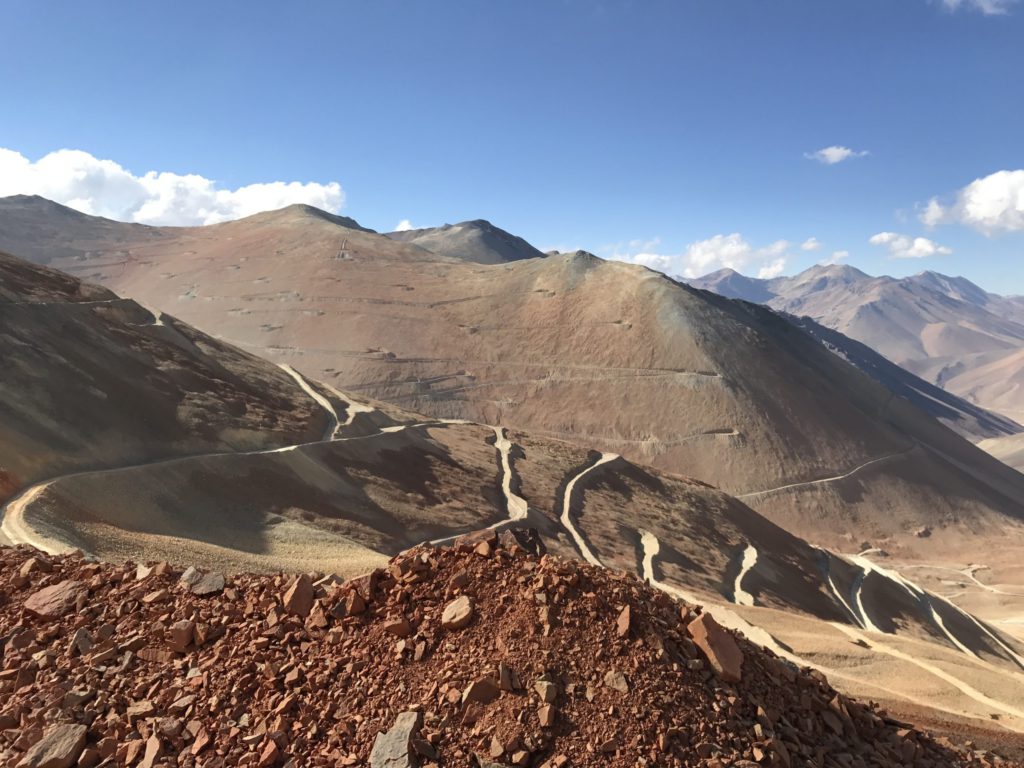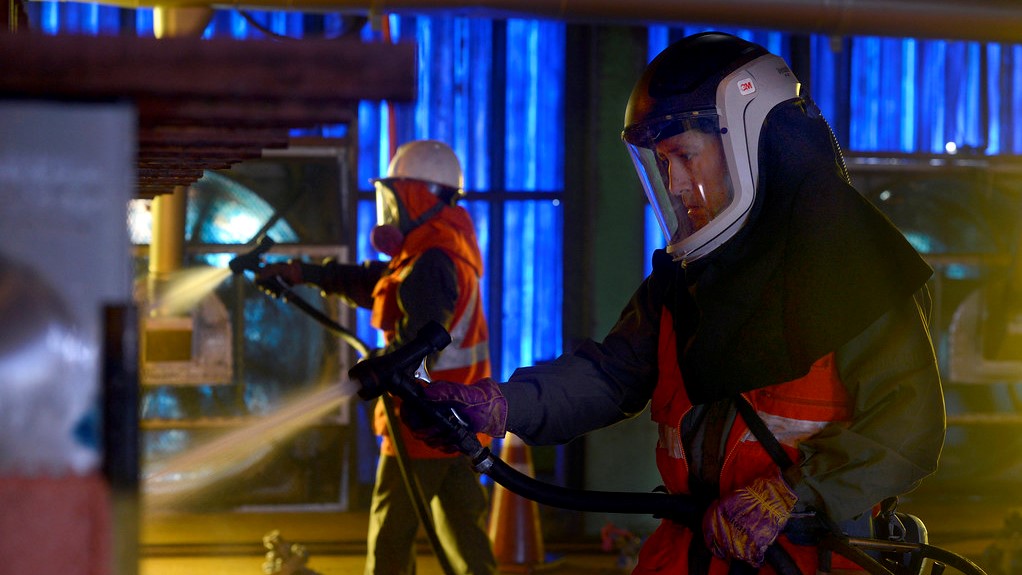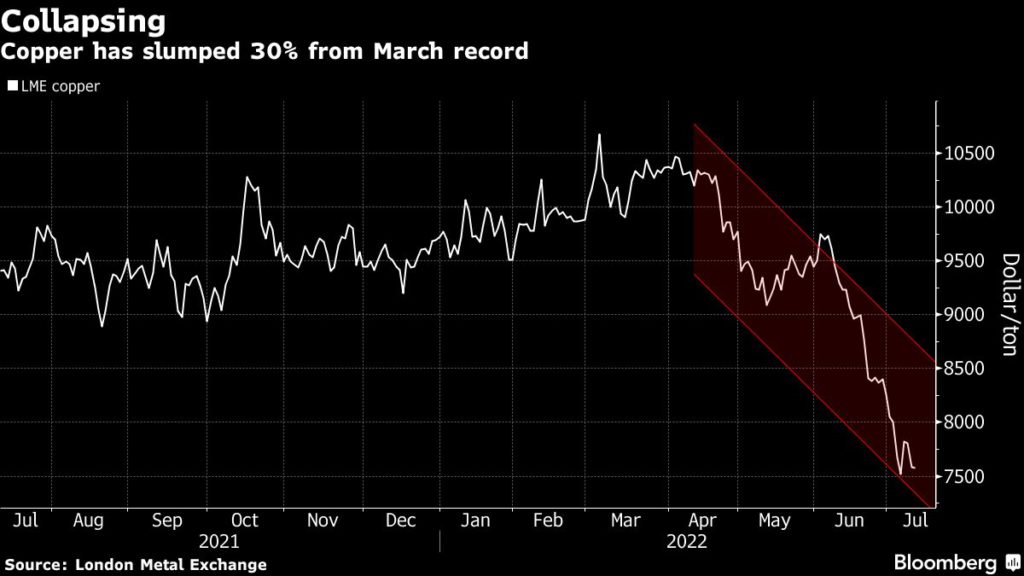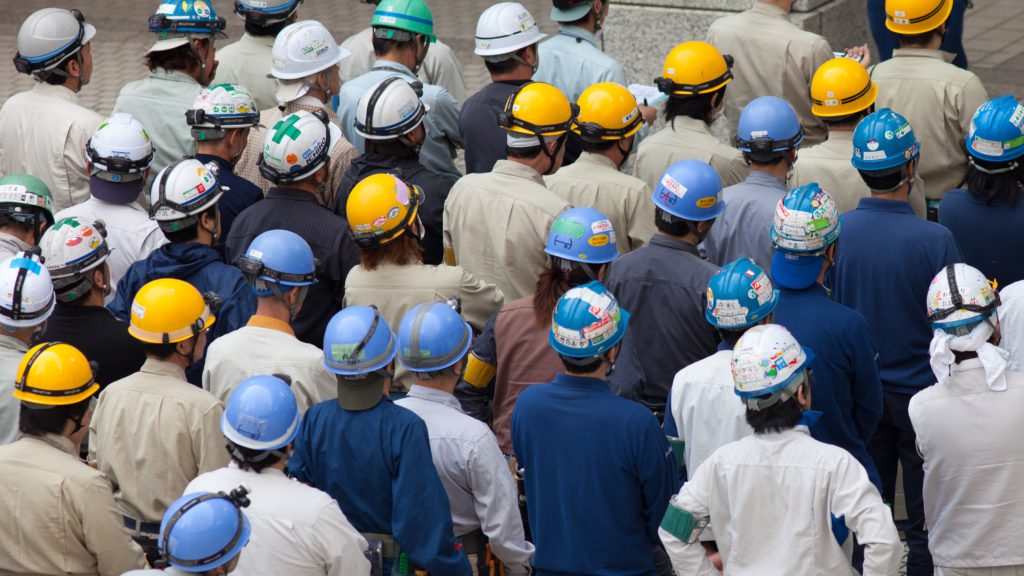Potash prices to normalize by 2023, says Brazil Potash president
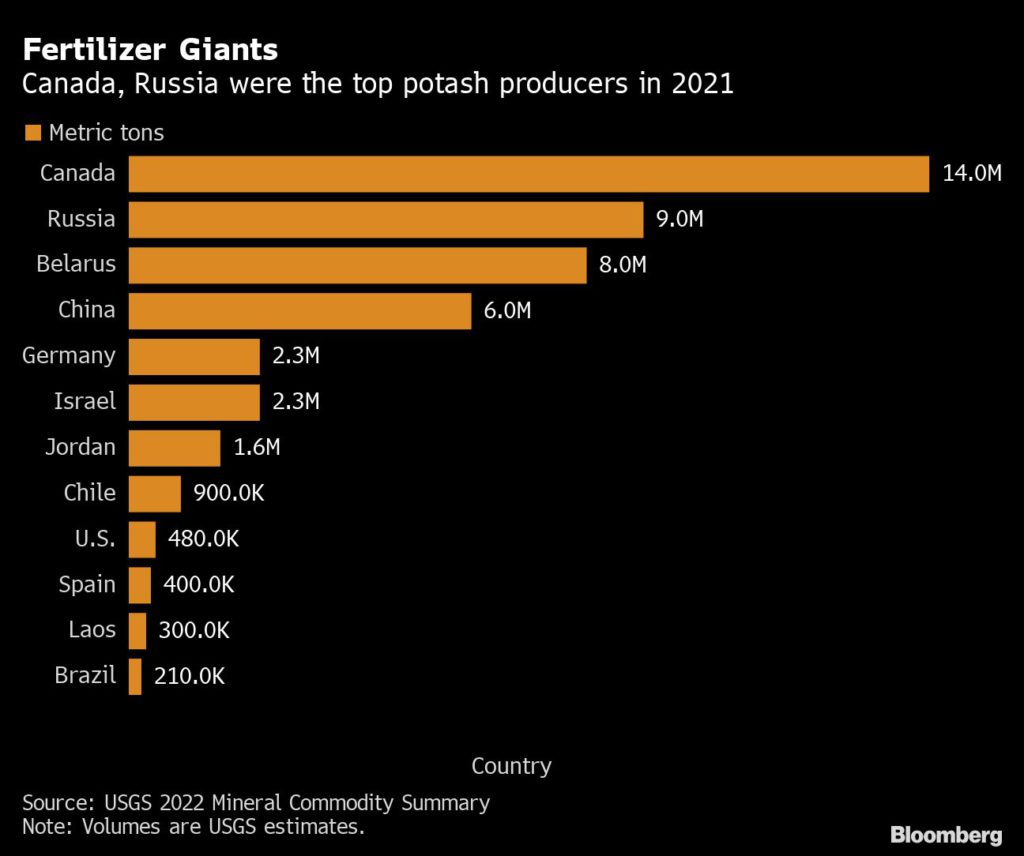

Prices have eased slightly in recent months but remain at sharply higher levels than in 2021, according to a recent report published by the Department of Agricultural and Consumer Economics at the University of Illinois.
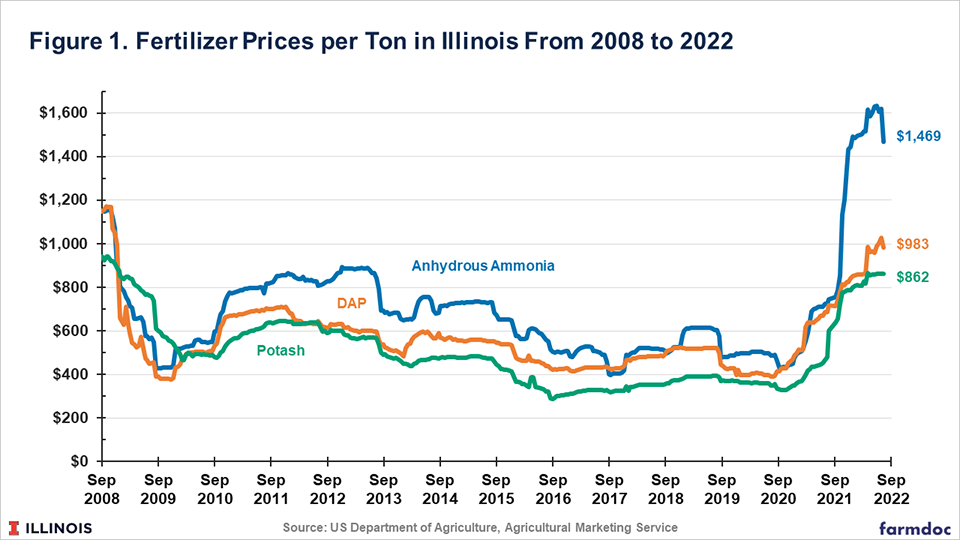
According to Espeschit, the rally was triggered even before the war, with sanctions imposed in 2020 by European countries against Russian-allied Belarus, the world’s third-biggest producer.
“In the long term, there is a trend towards the normalization of prices. We are in the midst of a supply and demand cycle, with prices impacting food prices and inflation, but the medium to long-term trend is of adjusting”, said Espeschit.
“Even with the current issues, some top agriculture countries like Brazil, for example, have gained access to fertilizers”
According to Espeschit, besides the war, other factors like covid lockdowns in China are still affecting the market.
Producing potash in the Amazon
Brazil Potash is currently in the licensing stage of its Autazes potash project in the Amazon.
Brazil is responsible for 25% of the world’s food production and is the second largest consumer of potash in the world, but 96% of it is imported.
The only potash mine in the country, Mosaic’s Taquari-Vassouras mine in Sergipe, is at the end of its lifetime.
The Autazes deposit is capable of providing between 20% and 30% of the potash Brazil needs every year, for the next 30 years, according to Brazil Potash.
The project, however, faces opposition from environmental groups and indigenous peoples worried the mine could pollute rivers, potentially killing fish local communities depend on.
There are 12,000 indigenous people of the Mura ethnic group in the region. They live in 45 villages, spread over 20 demarcated lands, or lands in the process of being demarcated.
“We have several successful and sustainable mining cases in the Amazon. Vale, for example, preserves large areas in Carajas,” Espeschit said.
“Our facilities will occupy an area smaller than 100 soccer fields, equivalent to the area that Honda’s motorcycle factory occupies in the Amazon city of Manaus, not on indigenous land. We are committed to not leaving a single screw when the project is finished.”
This post has been syndicated from a third-party source. View the original article here.
